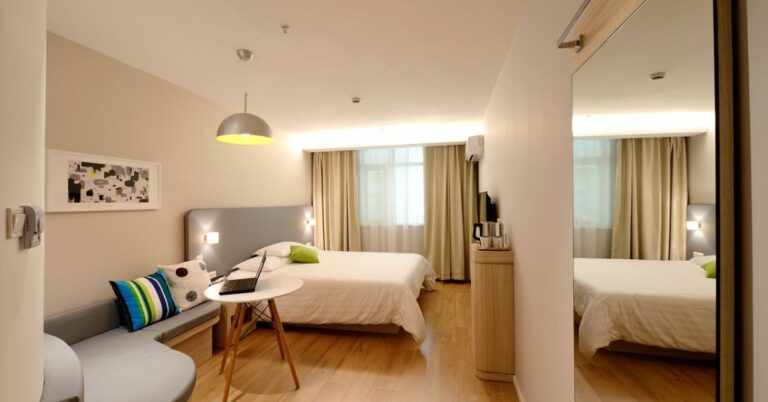How To Avoid 20 Common Errors Americans Make In Europe
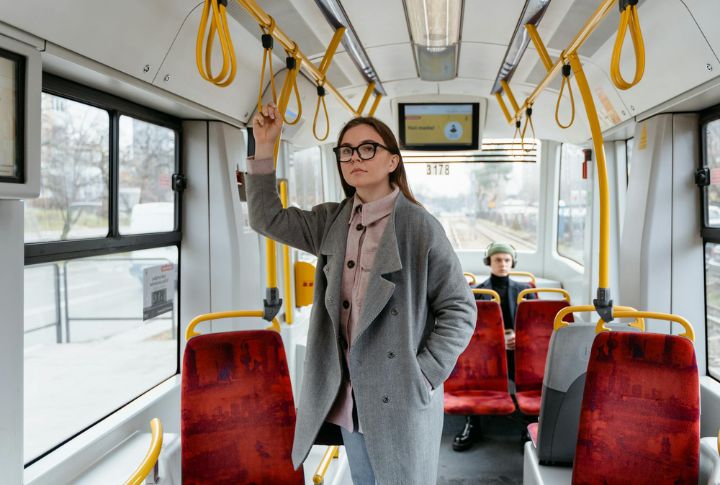
A trip to Europe promises rich history, breathtaking landscapes, and unique cultures. But for Americans, adjusting to new customs can be tricky. Don’t let minor cultural differences derail your trip! To help you feel more at home and avoid unnecessary mishaps, we’ve rounded up 20 common mistakes Americans tend to make in Europe—and how to avoid them.
Thinking Everyone Speaks Fluent English

Surprise: not everyone speaks English! Expecting it can lead to confusion and awkward encounters. A few local phrases, like “bonjour” or “grazie,” can make a world of difference. These small efforts show respect and often get you friendlier responses.
Relying Too Much On Credit Cards

Cash is still preferred in many European spots, especially local markets and small eateries. Don’t count on cards working everywhere. Keep local currency on hand, just in case. This is a simple way to avoid payment mishaps and enjoy your meals smoothly.
Skipping Public Transport Etiquette

Ever notice Europeans stay quiet on trains and buses? Observing their norms—like not blocking doors or talking loudly—keeps your ride comfortable. Pay attention to local behavior, and you’ll blend right in, navigating public transport like a local in no time.
Wearing Gym Clothes Everywhere
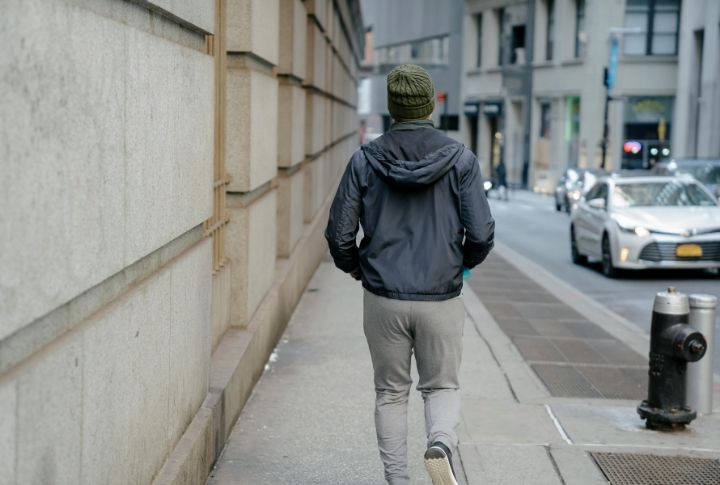
In Europe, style is taken seriously, even for casual outings. When you wear athletic wear outside the gym, it might make you stand out. Try packing comfortable but stylish attire to fit in and feel great wherever you go. It’s a simple way to respect the local vibe.
Over-Tipping At Restaurants And Cafés
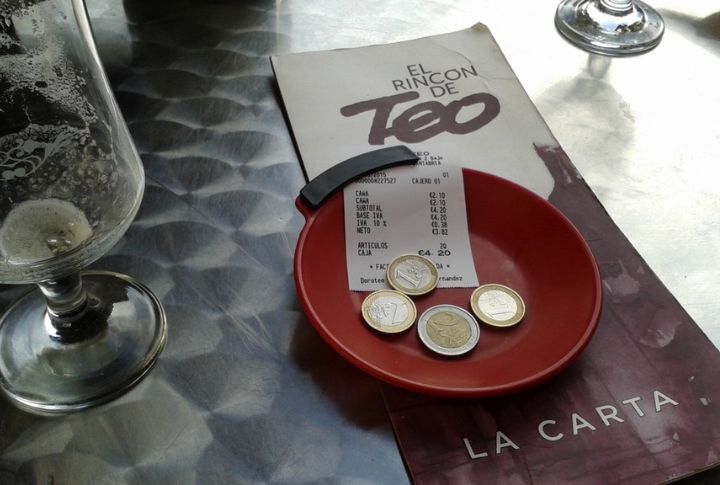
In most European countries, tipping isn’t expected or is minimal. If overdone, it may come off as unnecessary or even a bit odd. Research the standard tips—usually a small amount, if any. A little local know-how keeps you from seeming like the over-generous tourist.
Assuming Car Travel Is Always The Best Option
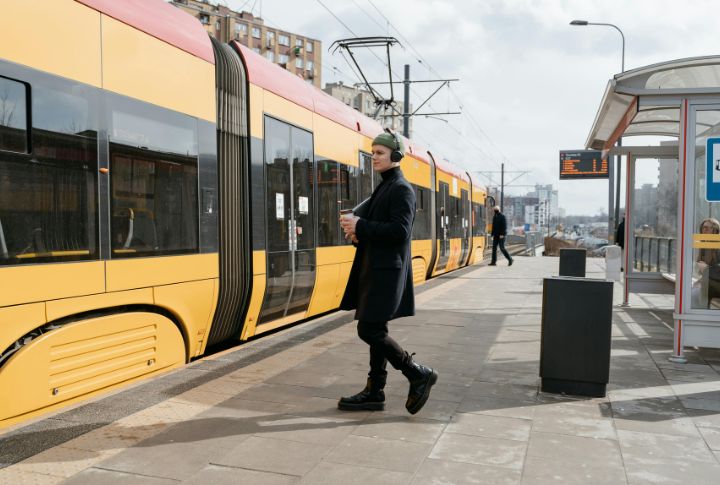
The cities there are often built for public transport, not cars. Renting a car can mean costly parking and traffic headaches. Embrace the convenience of trains, trams, and buses—they’re efficient, eco-friendly, and give you a genuine feel for the city.
Misjudging Meal Times And Restaurant Hours
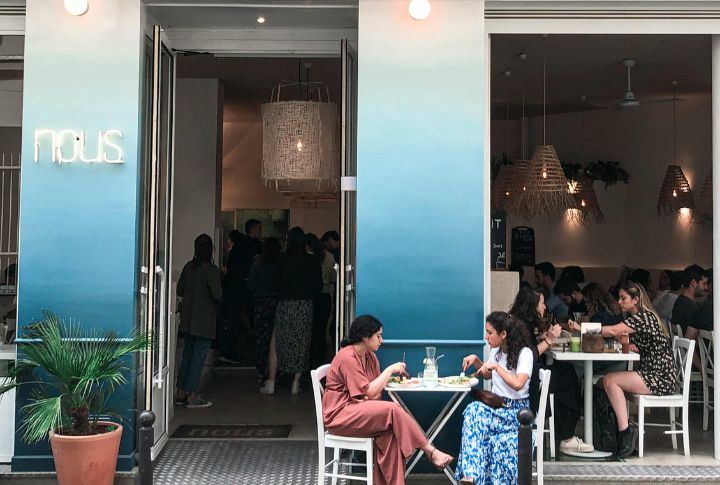
Unlike the U.S., many European restaurants close between lunch and dinner. When you arrive at the wrong time, it means empty tables and closed kitchens! Check local dining hours ahead of time to avoid going hungry. Plus, dining like a local adds to your experience.
Forgetting To Validate Your Tickets

In many European countries, boarding with an unvalidated ticket can lead to hefty fines. Validation machines are usually at station entrances—don’t skip this step! It’s a quick task that ensures you’re traveling legally and avoids unnecessary penalties.
Struggling To Find Public Restrooms
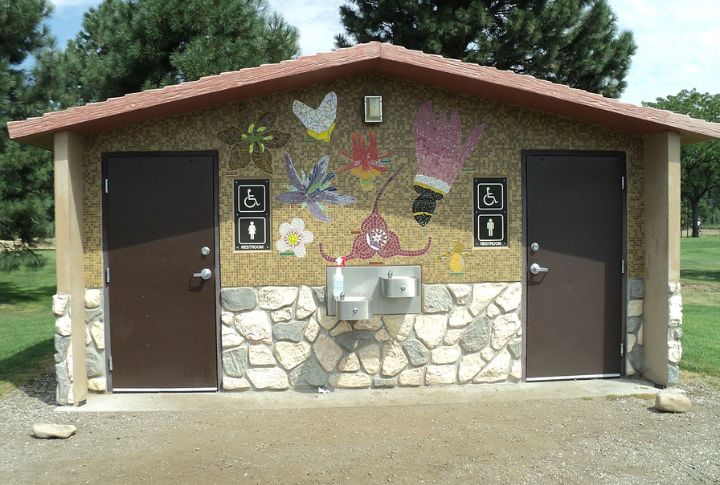
Public restrooms can be tricky to locate and sometimes cost a small fee. Carry loose change, and look for signs labeled “WC.” Planning bathroom stops can make exploring less stressful, and you’ll avoid the hunt for a restroom in a busy city.
Being Surprised By Inclusive Price Tags

The price on the tag is what you pay in Europe; VAT (value-added tax) is already included. No need to mentally add extra for taxes at checkout. Just enjoy the simplicity of European shopping and relish the upfront, no-surprises experience.
Getting Frustrated By Slow Service

Dining is a leisurely affair in Europe, and restaurants aren’t about rushing customers out. Sit back, relax, and embrace the slower pace. Waiters don’t bring the check until you ask, so enjoy the extra time for conversation. It’s all part of the local charm!
Getting Confused By Metric Measurements

Centimeters, kilos, and Celsius—Europe is all about the metric system. This can cause some confusion if you’re used to feet and pounds! Consider using a conversion app to measure distances, weights, and temperatures.
Overpacking Oversized Luggage

Europe’s cobblestone streets and compact spaces make large bags a hassle. Opt for smaller, manageable luggage to move easily. Packing light lets you explore without lugging around huge suitcases—plus, it’s a practical choice for train travel.
Not Knowing European Emergency Numbers
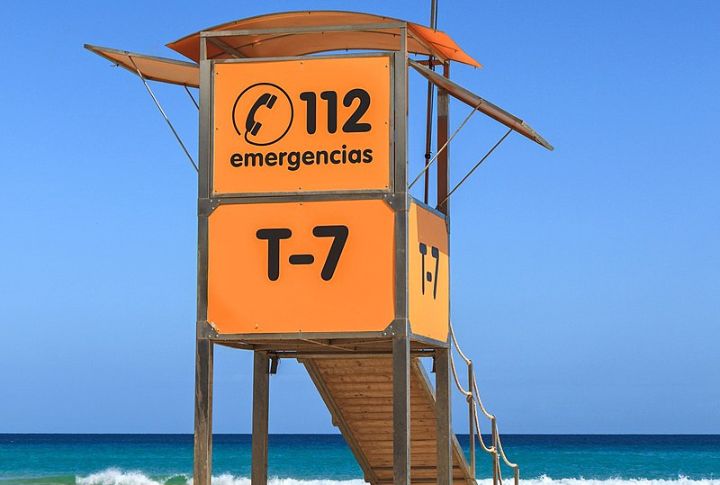
911 won’t work here. Europe’s common emergency number is 112, but it’s always smart to look up each country’s specifics. This info can be invaluable in an emergency and gives you peace of mind as you explore.
Only Visiting Big-Name Cities

Paris and Rome are fabulous, but Europe’s smaller towns offer hidden gems that feel like stepping into a fairy tale. Try day trips or countryside excursions for an authentic experience. You’ll discover charming spots that most tourists overlook!

